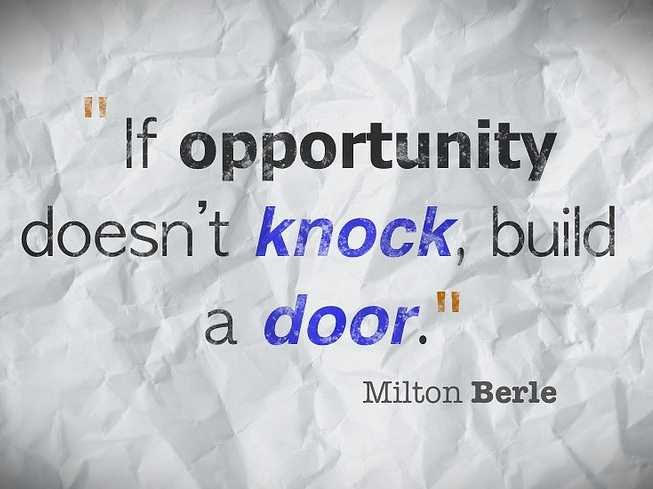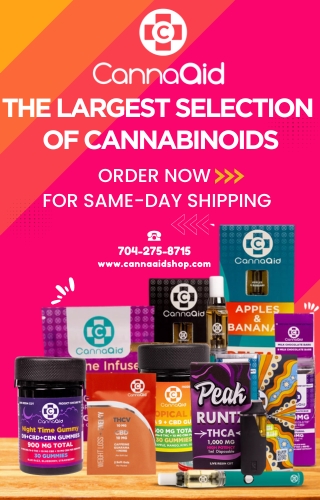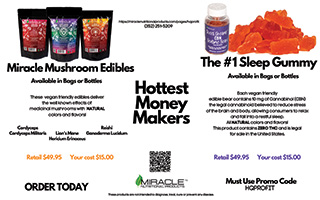
You’ve probably heard marketing strategists talk about the different attributes and habits of Generation X,Y and Z. But what about Demand Generation? Despite what you might initially think, Demand Generation has nothing to do with those bratty, spoiled kids throwing temper tantrums in the toy aisle at Walmart. Demand Generation is not a description, but rather an action — it’s about creating a buzz around your product or service, generating PR, re-engaging existing customers, promoting new features, and reaching new markets.
Educate Them – When you first start thinking about a new product, consider the problem it solves and then start a content marketing campaign where you simply teach your audience about the problems. To drive home your points, make a checklist of pros and cons to get them from learning to believing to buying.
Show Them – If you’ve ever been to Costco or Trader Joes, you’re likely had your cart stopped in it’s tracks by a product demonstrator giving out free samples. As a marketing tactic it goes back to the days of sideshow barkers who would entice people into their tent to see the bearded lady and the three-headed snake. Yep, they’re all creating a demand. As a smoke shop, you can do the same by brining in a local glass artists to do a live demo. If your space doesn’t allow for an in-person demo, take advantage of technology and host a livestream on your social media page direct from the artist’s studio.
Tease Them – Through email, social media and your blog you can create information that teases about the products you want people to buy. This works very well for big events too. Talk about the features and benefits, and the story behind the product; give customers a reason to engage with your product and make it something they need.
Promote Brand Names – A brand name on the shelf can be one of the most valuable assets a retailer possesses. It assures the customer of product quality and credibility. Brand names also come with marketing materials you can use to promote their products. Stats don’t lie: Nielsen’s Global New Product Innovation Survey found that nearly six-in-10 consumers (59%) prefer to buy new products from brands familiar to them, and 21% say they purchased a new product because it was from a brand they like.
Take a Stand – If you want your customers to buy Product A instead of Product B, the easiest way to make that happen is to not sell Product B. You may lose a few customers, but if your goal is to be known for selling glass rather vapes, let the vapors shop at the gas station, and focus on the customers that appreciate the value and experience that glass delivers. Remember the tips above, and before you know it you’ll be in the business you want to be in rather than trying to compete with someone else’s vision.




